Finding the best price cell phone plans means balancing cost, features, data usage and network coverage. With so many carriers, unlimited plans, prepaid offers and budget options, it’s easy to pay more than necessary. This article explores how to identify the best price cell phone plans, key factors to consider, and some of the best current offers. Whether you’re budgeting on a shoestring or simply want more value, you’ll walk away better informed.
Why Finding the Best Price Cell Phone Plans Matters
Choosing the best price cell phone plan isn’t just about paying the lowest monthly fee. It’s about getting value that fits your lifestyle: the right amount of data, reliable network coverage, flexibility and no hidden surprises. Many consumers pay extra for features they don’t use, or get locked into long-term contracts with diminishing value over time.
- A cheap plan that lacks data or uses weak network coverage often ends up costing more in frustration or add-ons.
- Good value plans optimize both your monthly cost and your usage pattern.
- Discount carriers and MVNOs (mobile virtual network operators) often offer some of the best price cell phone plans, because they reuse major networks and avoid expensive branding overhead.
Key Factors to Consider When Evaluating Plans
When hunting for the best price cell phone plans, you’ll want to rate each option using these criteria:
Data allowance & data speed
- How much high-speed data is included?
- What happens when you go over the allowance—does the speed drop or do you pay more?
- Do you get hotspot/tethering data?
Example: One cheap plan offers just 2 GB of high-speed data for about $10/month.
Talk & text inclusion
If talk and text are unlimited, that’s usually expected. But check if international texts/calls or roaming are included.
Network coverage & priority
- Which major network(s) does the plan use (for example, Verizon, AT&T, T‑Mobile in the US context)?
- Are you subject to data deprioritization (slower speeds during congestion) if you’re on an MVNO?
Example: One MVNO gives access to all three major networks (AT&T, T-Mobile, Verizon) for around $10/month for a low-data plan.
Hidden fees, contract commitments & fine print
- Are there activation fees, SIM fees or early-termination fees?
- Is there a multi-month prepay requirement? Some cheap plans await upfront payment for several months.
- What is the streaming quality (HD vs SD)? Are there hotspot limits?
Flexibility & family/multi-line options
- Does the plan scale easily for 2, 3 or more lines (for family use)?
- Can you mix and match lines?
- Are there perks for bundling or paying annually?
International roaming & extras
If you travel or call abroad, check international minutes/data. Sometimes plans that seem cheap in one geography may be expensive when you roam.
Types of Plans & Which Make the Best Price Cell Phone Plans
Here we break down various types of plans and how they stack up.
Ultra-budget/low-data plans
For light users (few calls, texts, modest data) these offer the best price cell phone plans. Example: A plan offering 2 GB data, unlimited talk & text for around $10/month.
Pros: Very low cost.
Cons: Data may run out quickly for streaming, heavy use, hotspot.
Unlimited data plans (but with caveats)
These target heavy users but “unlimited” often means “unlimited with varying speeds after a threshold.”
For example, one major carrier’s “unlimited starter” is around $35.99/month (for 4 lines) but after 75 GB the speeds may be slowed.
Pros: Simplicity and data peace of mind.
Cons: More expensive, many “unlimited” plans still limit hotspot, impose speed caps or deprioritization.
Prepaid / no-contract options
These allow you to pay month-to-month (or a few months upfront) without being locked-in. These often yield some of the best price cell phone plans for budget-conscious users. For example: TextNow offers a free-flex plan with 1 GB of data in some markets.
Pros: No long-term contract, flexible.
Cons: Sometimes network priority is lower, fewer added perks.
Multi-line/family plans
If you have multiple lines (family or shared household), per-line cost often drops significantly. Some major carriers give big discounts for 3 or more lines. Example: A 4-line plan costing about $30-$40/line on a major carrier.
Pros: Shared cost savings.
Cons: All lines may need to be on same plan type; high data users can raise costs.
Regional/international options
If you live outside major metropolitan zones, or travel often, ensure network coverage and roaming terms align with you. A plan that appears cheap but has poor local coverage is hardly best price in practice.
Top Current Offers Worth Considering
Here are some standout plans that illustrate what “best price cell phone plans” look like in 2025:
Low-data, ultra-budget
- US Mobile “2 GB By the Gig” plan: Unlimited talk/text, 2 GB data, access to major networks, for about $10/month.
- Helium Mobile offers extremely cheap plans (in US context) for minimal data and backup usage.
Prepaid comfortable value
- Mint Mobile offers very low rates if you commit for 3- or 12-months up front. It is flagged as a top cheap plan pick.
- Straight Talk advertises unlimited 5G prepaid from $25/month.
Full unlimited/family plans from major carriers
- On the major carrier side: AT&T’s unlimited plans: “Unlimited Starter” for $35.99/line (4 lines) up to “Unlimited Premium” for higher cost but more features.
- T‑Mobile has multi-line deals: e.g., the “Experience More” plan for 3 lines at $140/month (roughly $47/line) currently.
These represent different tiers: ultra-budget vs performance vs family scale.
How to Choose the Best Price Cell Phone Plan for Your Needs
Selecting the best price cell phone plan is personal. Here’s a step-by-step process:
Step A: Estimate your usage
- How many gigabytes of high-speed data do you use monthly?
- If you mostly email/text, maybe <2-3 GB.
- If you stream video or game, you might need 10-20 GB or unlimited.
- Do you tether/hotspot often?
- How many lines will you have in your account?
- Do you travel internationally or make a lot of international calls?
Step B: Check your coverage
- In your region (e.g., Ibadan, Nigeria or wherever you are), which network has the best signal? Even cheap plans are useless without good signal.
- If you’re looking locally (outside the US), apply the same logic: cheaper local carriers may reuse major networks or have good deals too.
Step C: Match plan features to usage
- Light usage → ultra-budget plan could be the best price.
- Moderate usage + hotspot → mid-tier prepaid plan.
- Heavy data or multiple users/lines → family or unlimited plan with major carrier may cost more but deliver better value.
Step D: Watch for hidden costs & commitments
- Is that cheap price locked only if you pay 12 months upfront?
- Are taxes/fees included or excluded?
- Is your data throttled after certain usage? Are you deprioritized in network?
- Are you required to change plan or pay higher after promo period?
Step E: Revisit annually
Your usage may change. Review your plan every 12 months to ensure you’re still on one of the best price cell phone plans for your current pattern.
Common Mistakes That Prevent You Getting the Best Price
Even when you’re trying to pick the best price cell phone plan, common pitfalls reduce value:
- Picking unlimited “just in case” when you actually use 2-3 GB/month.
- Neglecting network coverage and discovering your “cheap” plan has poor signal at home.
- Ignoring add-ons: hotspot allowances, streaming perks, international calls.
- Overlooking contract-language: teaser rates, auto-renewals at higher price.
- Assuming “cheaper” always equals “better value” — sometimes a slightly more expensive plan with better network or data may deliver more utility.
Considerations for Non-US / International Users
While many of the above examples focus on the US market, the principles apply globally. If you’re in Nigeria (for example), or any other country:
- Check local carriers and MVNOs: They may offer very competitive pricing relative to US markets.
- Consider international roaming: If you travel often, choose a plan with good roaming support or local SIM deals.
- Currency/fees: If you pay in foreign currency, account for exchange rates and any international payment fees.
- Network technology: Ensure 4G/5G coverage in your area; cheap plan with only 2G/3G may not serve modern smartphones well.
Summary: What Defines the Best Price Cell Phone Plans
To sum up, the best price cell phone plans are those that:
- Align closely with your actual usage (data, talk/text, hotspot).
- Use a reliable network with good coverage in your area.
- Have transparent pricing (no hidden fees, no surprises after promo).
- Offer the right balance of cost vs features not just the lowest cost.
- Provide flexibility (month-to-month, family scaling, upgrade options).
By following the steps above and reviewing current offers, you can pick a plan that offers the best value for you.
What’s new on Best Price Cell Phone Plans
-
Introductory promos & heavy discounts for budget plans
-
According to a recent guide by Mint Mobile, their 3-month prepaid plans (5 GB, 15 GB, 20 GB or unlimited) start at just $15/month for new customers.
-
In other words: some of the best price cell phone plans are now offering extremely low rates — but usually only if you’re willing to commit to a short-term promo or prepay.
-
-
“Price-lock” guarantees by major carriers
-
T‑Mobile introduced new high-end plans (like Experience More / Beyond) with a five-year price guarantee (i.e., the base rate won’t increase for 5 years) though taxes/fees may still vary.
-
Similarly, Verizon announced a three-year price lock on its wireless bundles, to reduce surprise rate hikes.
-
These guarantees change how consumers think about “value”—the best price cell phone plans are not only low now, but potentially more stable over time.
-
-
New feature upgrades and network benefits built in
-
An example: Google Fi is introducing AI-powered noise filtering for calls, wireless web-messaging via RCS and improved WiFi auto-connect—all at no extra cost for subscribers.
-
What this means: even “budget” plans are starting to include features that used to be premium add-ons. That shifts the definition of “best price” beyond just cost.
-
-
Shift in plan structure away from smaller data tiers to more “unlimited or high-data” tiers
-
Some carriers are phasing out ultra-cheap small-data plans and instead pushing unlimited/higher-data plans even at relatively low cost. For instance, T-Mobile stopped offering some cheaper postpaid plans and now only sells unlimited-data ones in certain lines.
-
For you, this means that the “best price” plan may not always be the tiniest data tier anymore if your usage is moderate, the value may lie in a slightly higher tier that gives much more flexibility.
-
-
International eSIM and roaming offers gaining traction
-
Although not tied strictly to “best price cell phone plans” in one region, articles show increasing competitiveness from eSIM offerings and travel-oriented data packages.
-
If you travel or have international needs, this is a component of “best value” now.
-
What this means for you finding the best price cell phone plans
-
You should not just look for the absolute lowest monthly cost, but check whether the plan is part of a promo, what commitment it requires, and how long the rate stays low.
-
Plans that lock in rate increases (for 3-5 years) offer a different kind of value—predictability.
-
Feature set matters: a slightly more expensive plan might offer much more data, hotspot usage, or extras (e.g., WiFi auto-connect, better roaming) and thus be a better price in practice.
-
If you’re in a region outside the US (like Nigeria or West Africa) you’ll want to check local carriers for these same trends: prepaid promos, feature upgrades, data allowances, roaming.
-
Keep an eye on the fine print: Are taxes/fees included? Are you locked into a 12-month/3-month prepay? Is data deprioritized?
Conclusion
Finding the best price cell phone plans is not just about the cheapest monthly number—it’s about the best match between your usage, network quality, contract terms and overall value. Whether you choose an ultra-budget plan for light use, a prepaid value plan, or a robust unlimited plan for heavy users, focus on the features that matter most to you. Revisit your plan annually, check for any better deals, and never pay extra for features you won’t use. With a little research, you’ll walk away with a plan that truly offers the best price for your needs.
Also Read: Nokia Transparent Phone Price: What You Need to Know
FAQs
Q1: What data allowance is “enough” to get the best price cell phone plan?
It depends on your usage. If you mostly browse and text, 2–5 GB/month might suffice and let you opt for an ultra-budget plan. If you stream video, use hotspot, or game, you might need 10–20 GB or unlimited. Estimating your use helps avoid overpaying.
Q2: Are unlimited plans always better value than small-data plans?
Not always. If you rarely use more than a few GB/month, paying for unlimited can be overkill. The best price plan is one where you don’t pay for unused capacity. If you consistently hit high usage, then unlimited may become the better value.
Q3: How often should I check for a better cell phone plan?
At least once a year (or whenever your usage changes significantly). Plan promos, network expansions and pricing shifts happen frequently. Checking ensures you’re still on one of the best price cell phone plans relative to your needs.
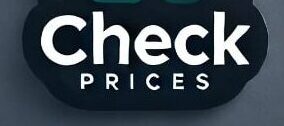




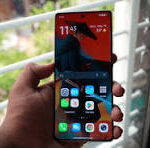
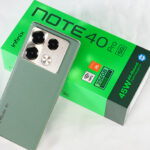

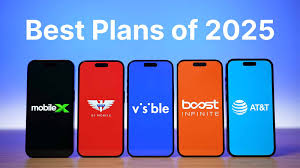
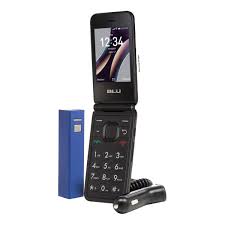
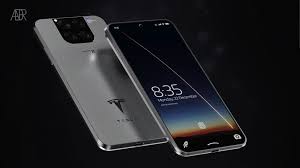
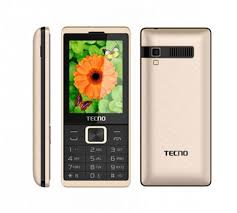


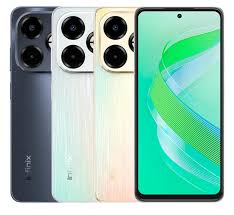

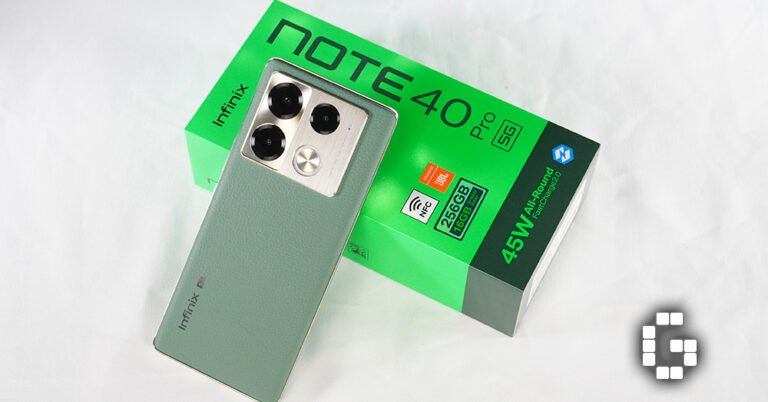
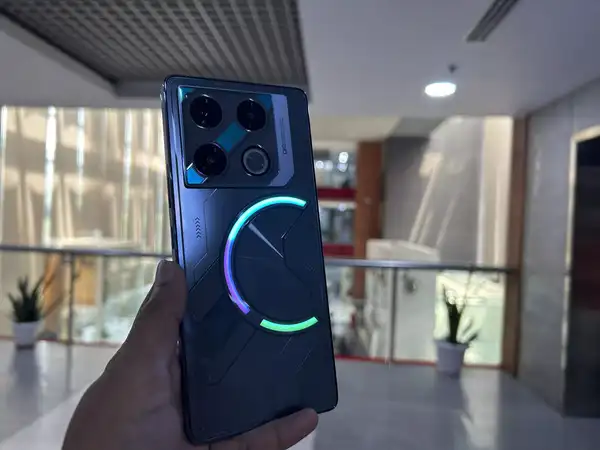
+ There are no comments
Add yours